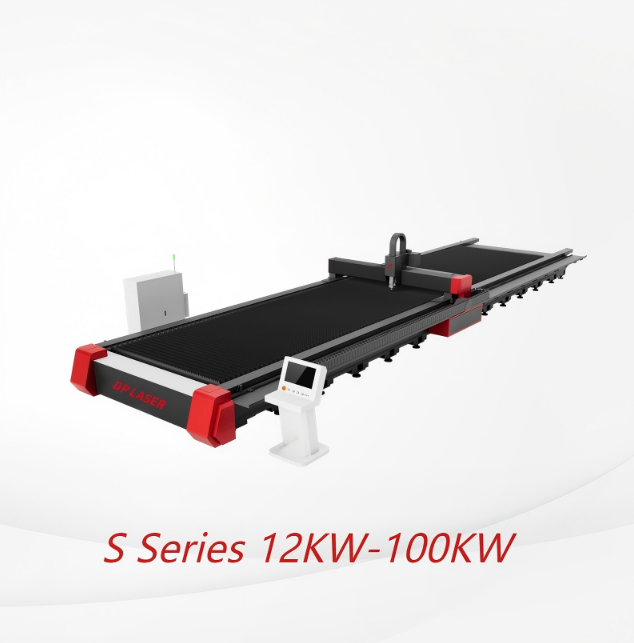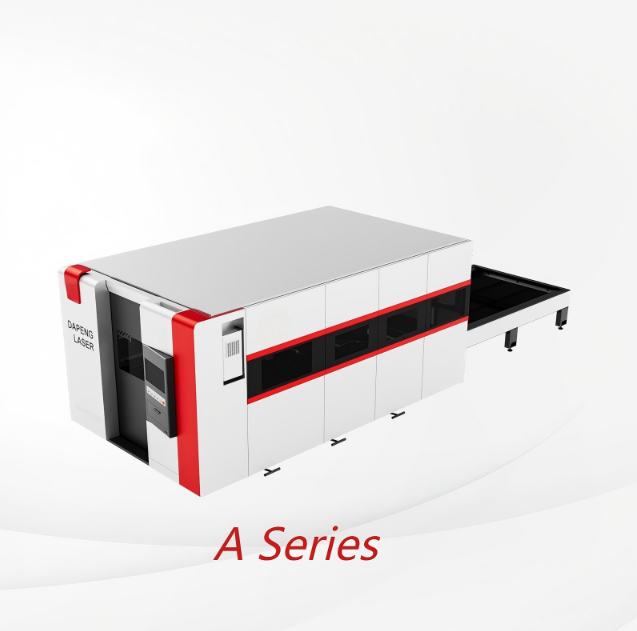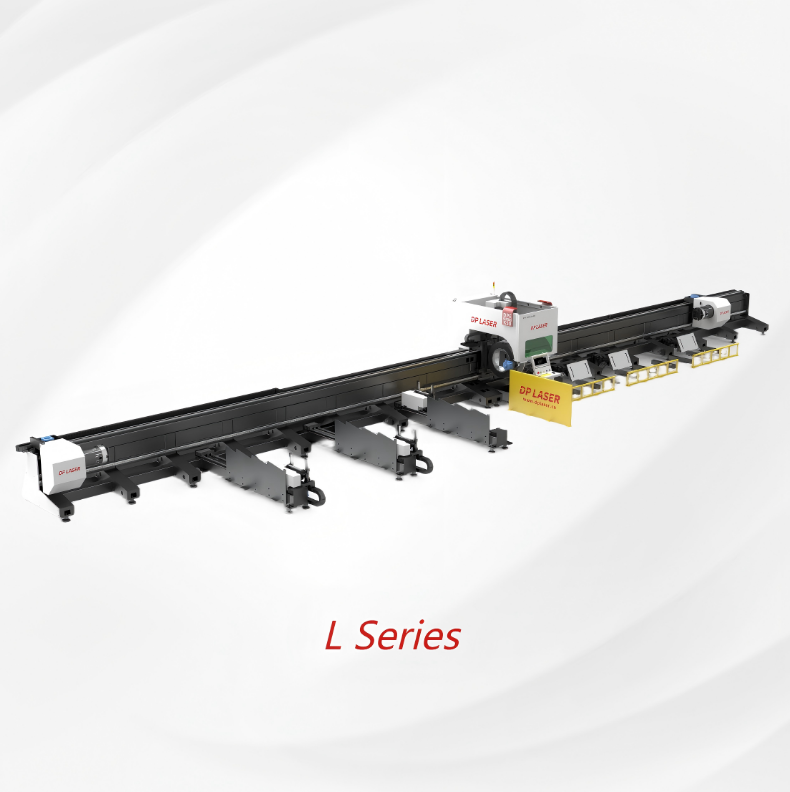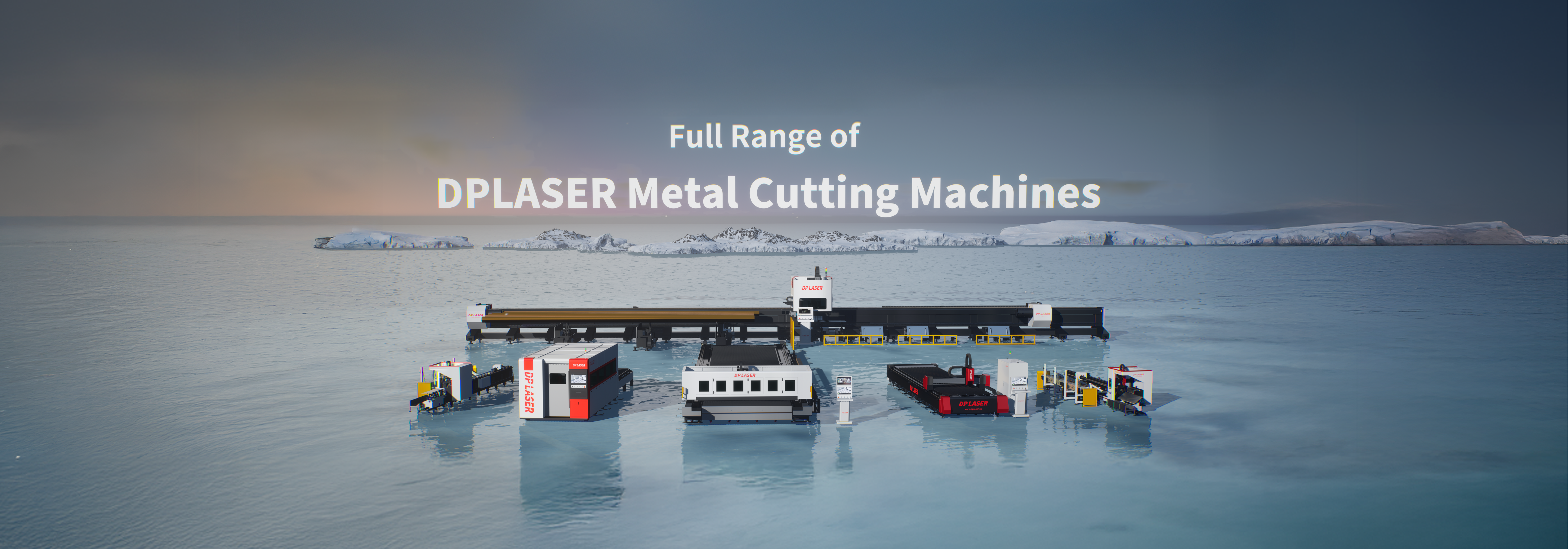Why is fiber laser technology dominating the metal processing industry?
What is the reason for the rise of fiber laser technology in the metal processing industry?
If you have been keeping track of the metal processing sector, you will easily observe one clear trend— the rise of fiber laser technology. The industry is moving away from the use of heavy mechanical cutters and unrefined plasma systems, which resulted in poorly cut and wasted materials. Now, the productive use of fiber lasers is a technology widely used by small and large businesses. But, what is the reason for the increase in the adoption of this technology? We will analyze this by looking at the example of DP Laser, one of the leaders in the use of fiber laser technology in the industry.
Unmatched Precision and Efficiency Drive Productivity

Picking a method for processing metals requires two main things. The first is the requirement for clean and precise cuts. The second is the requirement for smooth and unative movement in production. On all counts, fiber laser technology is the best option. Systems that use fiber lasers for cutting metals do not have the issues of shifting and vibrating during the cutting process. This is because the system uses concentrated laser energy. The energy is so strong that the system can be used to cut metal sheets of all thicknesses, which reduces waste to a large extent.
Take DP Laser's fiber laser cutting machines as an example. The S Series boasts cutting powers ranging from 12KW to 100KW while providing high speed and precision cutting. Innovation is not just about creating better components; it's about expedited manufacturing. The company scale produces over 20,000 high-end laser equipment each year, showing how the fiber laser technology scales to meet production demands. The 25,000 plus clientele globally is proof that the laser cutters provide the much needed business efficiency to maintain a competitive edge in the market.
In metal processing, time is money.Fiber laser machines can slice through metal much quicker than conventional tools while also providing unmatched laser focused precision. This technology enables manufactures to increase their order capacity, streamline their lead times, and minimize costs in ways that were not possiblebeforethe adoption of fiber cutting laser technology. For these reasons, fiber cutting laser technology is the most advanced technology in metal processing.
Flexibility with Various MetalProcessingRequirements

One of the major challenges in metal processing is the range of different materials and different forms it takes. A shop could need to cut thin aluminum sheets catering to home appliances one day, then move on to thick steel tubes for construction and then perform a combination of both for a custom project. Due to a lack of competition, some businesses are forced to invest in a variety of different equipment for each project, while others take on laser technology for its versatility.

This is demonstrated well in DP Laser’s lineup. There are laser cutting machines for flat sheet metal, machines for tube laser cutting, and even integrated machines. The A Series is another example of this, intended for thin plates, with a range of power from 1.5KW to 6KW, which makes it just right for cutting delicate parts like electrical components. On the other end, the L Series t3KW to 20KW power, focusing on thicker structural tubes.
This flexibility changes the game. Rather than devoting floor space to separate mechanical cutters, plasma machines, and tube saws, one fiber laser system can meet most a business's needs. This is especially the case for metal processors because the fiber laser works with virtually all types of metals—steel, aluminum, brass, copper—and any combination can come through the door. This kind of versatility is a necessity for metal processing businesses that must meet shifting customer needs.
Cost-effective and eco-friendly, delivering long-term value
Investing in new technology is a big decision, and businesses want to know that it will pay off. This is especially the case for laser tech, as it looks to greatly reduce operational costs compared to more traditional metal working tools. Take a traditional metal working tool for instance; they require frequent tool changes and costly black box components that will dramatically eat into the budget. On the other hand, fiber laser systems require little maintenance.
DP Laser's fiber laser machines are designed to last with minimal downtime for repairs. And because fiber laser cuts materials with extreme accuracy, there is significantly less material waste. That scrap metal that used to be thrown away? It is now turned into usable parts, which saves businesses money on raw materials.
But there are also positive ramifications in terms of sustainability. The metal processing industry is constantly trying to find ways to lower their environmental impacts. Compared to plasma and mechanical systems, fiber lasers use less energy. They also do not use aggressive chemicals and coolants that leak and harm the environment. DP Laser's "full-scenario intelligent solutions" includes the development of tools that are efficient and eco-friendly. For businesses, this means long-term value: lower costs today and a better reputation tomorrow.
Proven Reliability and Industry Recognition Build Trust
Technology only gains value when it has value and fiber laser has proven it can manage the meticulous and daily demands involved in processing metal. Reliability can be achieved through testing and certification. Take DP Laser's fiber laser products, for example. DP Laser fiber laser products obtain the CE mark under the Machinery Directive 2006/42/EC. They satisfy the rigorous safety and quality standards in Europe. This is far more than just a CE sticker. This certified equipment has been tested and approved for rigorous performance in persistent factory settings.
Experience impacts how something is done. DP Laser has more than 16 years in the laser industry, a staff of 430, and two manufacturing facilities in Dongguan and Nantong. This has given DP Laser the opportunity to considerably enhance the quality of its fiber laser systems. Building machines is one side of the equation; the other is building solutions for metal processing companies. The more than 20 corporate branches around the world show customers that, wherever they are, they can obtain help if something fails.
In the field of metal working, downtime is very expensive. When machines break down, production halts, orders get delayed, and customers get annoyed. With its proven reliability, the Fiber laser allows customers to confidently use their machines even during the most crowded production times. The industry reliability is shown by the many customers that are loyal to DP Laser and return for more fiber laser solutions.
Conclusion
There is a reason fiber laser technology is the most popular choice for metal processing and that reason is because it does a number of things very well. It offers extraordinary precision that diminishes waste, boosts overall efficiency, and it can handle a variety of tasks. Most importantly, it is economically a smart and cost effective choice that will build long-term trust. With constant innovation as seen with DP Laser and the expansion of their laser technology product lines, the fiber laser will continue to outperform the competition.
For those in the field of metal processing, the question is not if they will switch to fiber laser technology, it is to when. When the industry relies on speed, quality, and flexibility, the fiber laser is technology that is capable of delivering it all.

